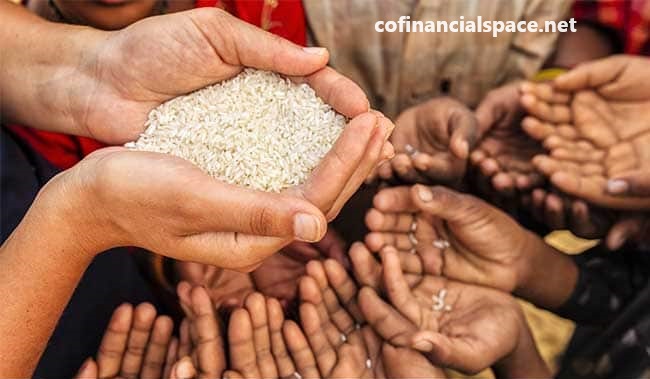
30 janvier 2024
Global poverty, an intricate issue affecting millions, demands a comprehensive strategy. Recognizing its far-reaching implications on health, education, and overall societal well-being, a holistic approach becomes imperative. This plan aims to synergize efforts across economic, social, and environmental spheres, fostering sustainable change and uplifting humanity as a whole.
1. Economic Empowerment: Inclusive economic growth serves as a cornerstone. Initiatives such as microfinance, skill development, and entrepreneurship support pave the way for marginalized communities to break free from the shackles of poverty. By fostering economic self-sufficiency, individuals can contribute meaningfully to their communities and participate in the global economy.
2. Education and Knowledge Enhancement: Access to quality education is pivotal. This involves not only ensuring universal access but also providing vocational training and technological literacy. A focus on continuous learning equips individuals with the skills needed to navigate an ever-evolving job market, breaking the cycle of poverty through knowledge empowerment.
3. Healthcare Infrastructure: Strengthening healthcare systems is fundamental to poverty alleviation. Affordable and accessible healthcare services, coupled with preventative measures and mental health support, contribute to healthier communities. A robust healthcare infrastructure is not only a basic human right but also a key driver for economic productivity.
4. Social Safety Nets: Implementing robust social security systems and addressing gender inequality form the bedrock of social safety nets. Protection of vulnerable populations, coupled with community development initiatives, fosters resilience and ensures that no one is left behind. Empowering women and children is central to achieving sustainable social progress.
5. Environmental Sustainability: Embedding sustainable practices into economic development mitigates environmental degradation. Climate change adaptation, resource conservation, and the promotion of eco-friendly technologies are integral to creating a balance between human development and environmental preservation. A harmonious coexistence with the planet is crucial for long-term well-being.
6. International Collaboration: Global challenges demand global solutions. Partnerships with governments, NGOs, and international organizations facilitate the pooling of resources and expertise. Coordinated efforts on a global scale are essential to tackle economic disparities and address the root causes of poverty, creating a more interconnected and supportive world.
7. Technology and Innovation: Leveraging technology for social good propels poverty-alleviating solutions. Research and development in technology and innovation create avenues for scalable and sustainable progress. From digital financial inclusion to utilizing cutting-edge technologies, embracing innovation is vital for creating efficient and impactful poverty reduction strategies.
8. Monitoring and Evaluation: Establishing key performance indicators ensures the effectiveness of poverty reduction efforts. Regular assessments and adjustments based on transparent and accountable monitoring mechanisms are critical. Continuous improvement and adaptation to changing circumstances enhance the plan's resilience and effectiveness over time.
Envisioning a world free from poverty requires collective commitment. Each individual, organization, and government plays a role in the success of this plan. By embracing the vision of a poverty-free world and committing to ongoing efforts, we can build a future where the fruits of prosperity are shared by all.